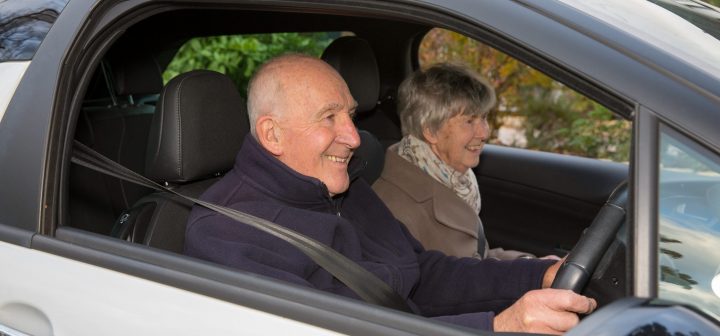The Winter ‘Crash Season’ looms as data reveals 12% rise in older driver casualties.
With the government proposing significant changes to how older motorists are licensed, new data from LeaseCar provides a timely look at this expanding demographic, revealing a complex picture of road safety and insurance costs.
The potential policy updates, which suggest mandatory eyesight tests and cognitive assessments, are a direct response to public safety concerns.
According to LeaseCar’s analysis, the number of older drivers on the UK’s roads has never been higher. As of September 2024, nearly 6.3 million people aged 70 or over held a driving licence. This figure includes over 1.6 million drivers in their 80s and even more than 500 centenarians still behind the wheel.
Older Driver Accidents are on the Rise
While this growth highlights the importance of driving for maintaining independence, the data shows a nuanced safety record. Between 2004 and 2023, collisions resulting in a fatality or serious injury involving an older driver increased by 12%. This stands in stark contrast to the 45% decrease in killed or seriously injured casualties for other age groups over the same period. However, older drivers still represent a relatively small portion of overall casualties, accounting for around 10% in 2023.
Interestingly, gender is of less importance for older age groups, as the data shows the split is nearly even. 27% of all killed or seriously injured casualties involving older drivers were male over 70 years old, while 26% were female and over 70. The most common factors in serious incidents involving older drivers are often attributed to a “failure to look properly” or a “failure to judge another person’s path or speed.”
Statistics from the AA showed accidents across all age groups typically rise significantly when the clocks go back and daylight hours shorten. The combination of darker evenings, wet and icy road conditions and sun glare creates a more challenging driving environment for everyone, but these conditions can be particularly difficult for older drivers who may have reduced night vision or slower reaction times.
The statistics provide a critical backdrop to the government’s proposed policy changes. Under consideration are mandatory eyesight tests for over-70s every three years at the point of licence renewal. Officials are also exploring the possibility of introducing regular cognitive and practical “fit-to-drive” assessments to ensure drivers maintain a safe standard on the road.
Currently, UK law requires drivers to renew their license every three years once they turn 70. This renewal process is free of charge and does not require a re-test. Instead, drivers must complete a self-declaration of their medical fitness to drive. This includes confirming that their eyesight meets the minimum standard of being able to read a car number plate from 20 meters away, with or without glasses.
While drivers are legally obligated to inform the DVLA of any medical conditions that could affect their driving at any age, the current system for over-70s relies on the individual’s honesty.
On the financial front, data shows that drivers aged 65 to 74 benefit from some of the most competitive annual insurance premiums, averaging around £336. This is a testament to their long history of safe driving and no-claims discounts. However, premiums begin to climb noticeably for the oldest drivers. The average cost can rise to around £417 for those aged 75-84 and jump to more than £700 for those aged 85 and over, an increase driven by insurers’ perception of a higher risk for this age group.
“The government’s proposed changes reflect a crucial conversation about how we support our aging population while prioritising road safety for everyone,” says Tim Alcock, Director at LeaseCar.
“For millions of older people, driving is a lifeline and we believe a proactive approach that includes regular, non-invasive assessments is a sensible way forward. It’s about building confidence and providing support, not penalising a group of experienced drivers who, for the most part, have an excellent safety record and enjoy some of the lowest insurance premiums in the market.”
